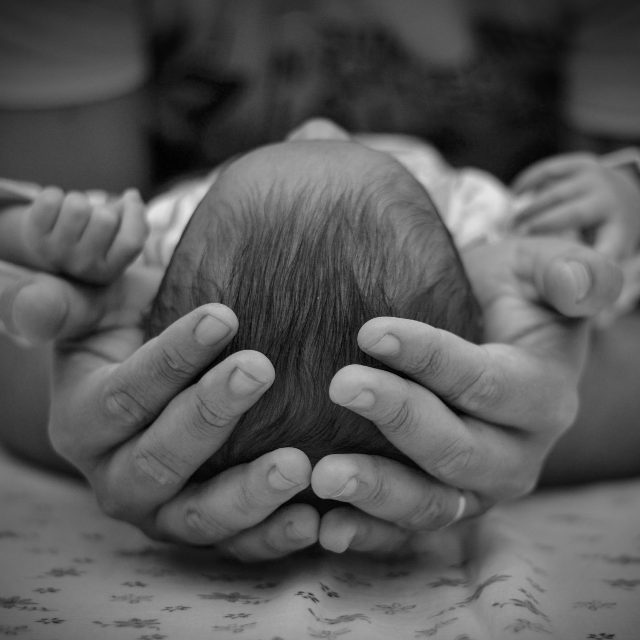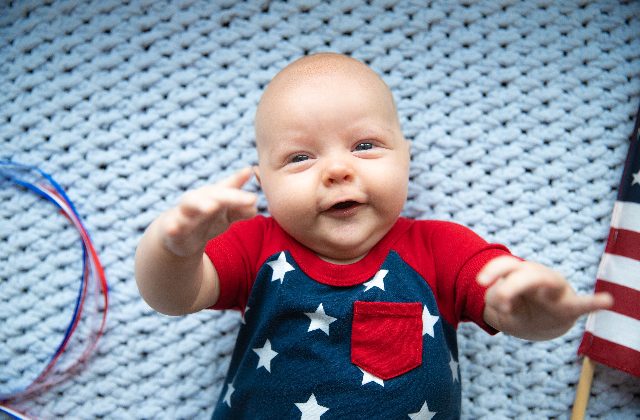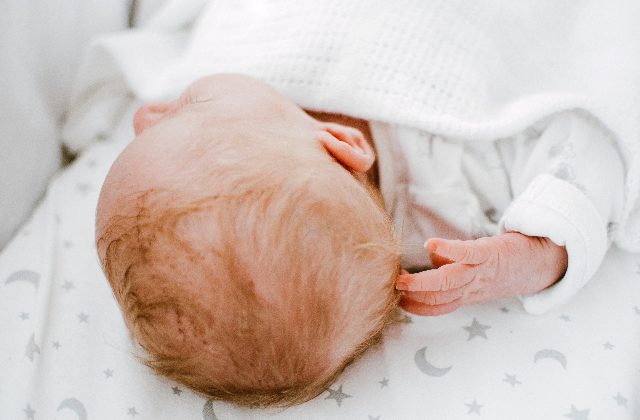
Welcome to the rollercoaster ride of parenthood! We all know it’s a wild journey filled with laughter, cuddles, and yep, you guessed it, a fair share of bumps and bruises along the way. One of those classic moments of panic is when our little adventurers take a tumble and end up with what we affectionately call a “toddler goose egg” on their precious little heads.
Now, seeing that swollen bump pop up might make your heart skip a beat, but fear not! Armed with some knowledge about what causes these bumps, how to handle them right away, and when it’s time to call in the pros, you’ll be ready to tackle anything those kiddos throw your way.
So, let’s dive into the world of toddler goose egg together! We’ll chat about why they happen, share some tips on giving your little one some TLC at the moment, and make sure you know exactly when it’s time to pick up the phone and give your pediatrician a ring. Because when it comes to our little ones, a little knowledge goes a long way in keeping those worries at bay.
The Causes Of Toddler Goose Egg In Infants

Let’s chat about toddler goose egg. They’re those little bumps that appear on your kiddo’s head.
First off, take a deep breath. It’s normal to feel a bit freaked out when you see one of these bumps. But trust me, they’re par for the course in the wild and wonderful world of toddlerhood.
So, what’s behind the toddler goose egg? Well, it’s usually just your little explorer being, well, a little explorer! Toddlers are like tiny adventurers, always on the move and exploring everything in sight. And with all that curiosity and enthusiasm comes the occasional tumble or bump.
Accidental falls and collisions are the MVPs when it comes to causing these bumps. Whether it’s a collision with a piece of furniture, or a rough-and-tumble playdate gone awry, toddlers have a knack for finding themselves in these little mishaps.
Plus, let’s not forget about the fact that their skulls are still a work in progress. Unlike us adults with our fully formed noggins, toddlers’ skulls are still developing, with areas that allow rapid brain growth. But that also means they’re more prone to swelling when they take a bump.
And here’s a fun fact: those blood vessels in their scalp? Yeah, they’re closer to the surface compared to ours. So even a minor bump can cause a little bruising and swelling, giving rise to the toddler goose egg appearance.
But here’s the silver lining: in most cases, these bumps are no biggie. They usually go away on their own without any fuss. Just keep an eye out for any concerning symptoms!
Toddler Goose Egg Signs And First Aid For Infants
Recognize the Goose Egg
Alright, let’s talk about this “goose egg” situation. It’s a little bump on your kiddo’s head after some head-banging adventures. Nothing to panic about, but it can look pretty alarming.
Apply a Cold Compress
So, your kiddo’s rocking a toddler goose egg? Grab a cold pack, wrap it in a cloth, and gently press it on the bump for about 15 minutes. Repeat as needed. Easy peasy, right?
Provide Comfort and Reassurance
Now, it’s snuggle time! Comfort your little one. Your hugs and reassurance work wonders in making them feel less freaked out about the whole bump situation.
Keep an eye out for Unusual Symptoms
Watch out for any strange stuff happening, like uncontrollable crying, vomiting, or behavior changes. However, If things seem off, it’s superhero cape time—rush to the doctor.
Monitor Your Child’s Condition
Keep your eagle eyes on your kiddo for the next day or two. Any weird changes in behavior or appetite? If things get wonky, don your detective hat and consult a healthcare pro.
Administer Pain Relief if Necessary
If your kiddo’s not feeling top-notch, baby pain relievers like acetaminophen or ibuprofen can help. Just be the wise owl and follow the dosage info on the label or check in with the doc for advice.
Signs Of A Serious Toddler Goose Egg
When a toddler gets a goose egg on their head, it can be concerning for parents. While most goose eggs are minor injuries that heal on their own, it’s important to recognize the warning signs of a more serious condition. Here are some specific symptoms to look out for and when to seek medical attention if your toddler has a goose egg:
Persistent or Deteriorating Swelling
So, you know how a little bump on the head can swell up like a goose egg? Well, if that swelling seems to be getting worse instead of better after a few hours, it might be time to check in with the doc. Sometimes, it could hint at something more serious going on underneath, and it’s always better to be safe than sorry.
Prolonged or Severe Pain
Okay, so it’s normal for your little one to feel a bit tender after a bump. If they’re in a lot of pain that doesn’t seem to ease up, it’s worth giving the doctor a buzz. They might need a closer look to make sure everything’s alright.
Changes in Behavior or Consciousness
Kids can be a bit unpredictable, but if you notice any strange behavior, it’s best to play it safe. Things like being super lethargic or hard to wake up could be a sign of something more serious brewing.
Vomiting
We all know bumps on the head can make tummies a bit queasy, but if your kiddo is tossing their cookies a lot or it seems bad, it’s a good idea to get them checked out. It could be a sign of something more than just a little bump.
Visible Signs of Trauma
If you can see any cuts, bruises, or dents on their noggin, it’s time to call in the pros. These signs might mean there’s more going on under the surface, and they’ll need a pro to take a look and make sure everything’s okay.
Unequal Pupils or Abnormal Eye Movements
Eyes are the windows to the soul, right? Well, if you notice anything funky going on with your kid’s pupils or their eyes seem to be doing weird things, it’s definitely a good idea to let the doc know. It could be a clue that something’s not quite right up top.
Loss of Consciousness
If your little one takes a little unplanned nap after a bump, it’s time to hit the panic button and call for help. Even a brief blackout is a big deal and needs urgent attention from the experts.
Seizures
Okay, so seizures aren’t exactly common after a bump, but they can happen. If your kiddo has one, make sure they’re safe, remove any hazards, and get them to the doc pronto to figure out what’s going on.
As a parent, you must trust your instincts. If you notice any unusual symptoms or are unsure about the severity of your child’s goose egg, it is always best to seek medical attention. Prompt medical attention can help ensure your child’s health and safety. Remember that healthcare professionals are the best people to assess and treat your toddler’s head injury.
How To Handle Toddler Goose Eggs In Your Infant

Comfort Your Child
Alright, first things first—let’s give your little one some TLC. Comfort them with soothing words and gentle hugs to help them feel safe and calm.
Apply a Cold Compress
Grab a cloth, wrap some ice or a cold pack in it, and gently press it on the bump. No direct ice-on-skin action, though!
Observe Your Infant
Keep your eagle eyes on your kiddo for any signs of distress or changes in behavior. We’re on watch duty!
Provide Pain Relief
If your little one’s feeling the bump blues, a bit of baby pain reliever can help ease their discomfort. Just follow the dosage instructions.
Seek Medical Attention if Necessary
If things seem serious—persistent swelling, major pain, strange behavior—don’t hesitate to call in the pros. Your kiddo’s health comes first!
Remember, as a parent, you know your child best. Trust your gut and reach out for help if you need it.
When To Visit A Physician
Knowing when to seek medical attention for a toddler’s goose egg can help ensure your child’s safety. In the following cases, it is advised to consult a physician:
Severe Symptoms
Alright, let’s get serious for a sec. However, If your little one starts showing severe symptoms like constant vomiting, passing out, or having seizures, don’t wait around—call the doc ASAP.
Unusual Behavior
If your kiddo starts acting strange after a bump—like being super cranky, confused, or way too sleepy—it’s time to chat with a healthcare pro.
Prolonged Swelling and Pain
If that bump just won’t quit swelling up or your kiddo’s in a lot of pain that doesn’t ease up, it’s worth getting a professional’s opinion.
Changes in Vision or Speech
If your child’s vision or speech seems off or they’re feeling weak in any part of their body, don’t hesitate to reach out to the doc.
Persistent Bleeding or Open Wound
Continuous bleeding or a wound that won’t stop oozing? Time to dial up the doc to make sure everything’s A-OK.
Concerns About Skull Fracture
If you’re worried about a skull fracture because of how hard the bump was or if you notice any clear fluid or blood coming from the ears or nose, don’t wait—get medical help pronto.
How To Avoid Toddler Goose Eggs
Preventing toddler goose eggs requires a combination of vigilance, safety measures, and childproofing strategies. Here are some tips to help you avoid these head injuries:
Supervise Closely
Alright, let’s talk about keeping a watchful eye on your little explorer. Whether they’re conquering the playground or tackling the stairs, stick close by to prevent any unexpected tumbles.
Childproof Your Home
Time to baby-proof like a pro! Install those safety gates, secure wobbly furniture, and cover up those sharp edges. Your home’s about to become a toddler-friendly fortress!
Use Appropriate Safety Gear
Gear up for adventure! When your kiddo’s biking, skating, or zooming around on toys, make sure they’re rocking the right safety gear—helmets are a must!
Teach Safe Play Habits
Let’s chat about playing it safe! Encourage your little one to take it easy on elevated surfaces, play nicely on the playground, and steer clear of roughhousing to avoid any unnecessary spills.
Educate Caregivers
Time to spread the safety love! Make sure anyone looking after your kiddo—whether it’s grandma, a babysitter, or Uncle Bob—knows the drill and keeps safety front and center.
Practice Good Communication
Tiny tots, big safety rules! Chat with your little one about staying safe around stairs, being gentle with furniture, and playing away from any potential hazards.
Cushion Hard Surfaces
Let’s add some softness to those hard landings! Throw down some padded play mats or rugs to cushion any falls and keep those bumps and bruises to a minimum.
Additionally
When your infant has a toddler goose egg, it’s natural to feel worried and wonder if there was anything you could have done to prevent it. However, it’s important to remember that almost all babies will experience these incidents at some point. The reassuring fact is that infants have resilient skulls, often described as being made of rubber, although not literally. It’s rare for newborns to sustain serious brain injuries from minor bumps.
Nevertheless, it’s always wise to contact your doctor if your baby, under 12 months of age, hits their head. In most cases, you won’t need to bring your baby to the doctor’s office. Instead, your doctor can guide how to assess the situation and advise you on any warning signs to watch out for. Trust your instincts as a parent, and if you have concerns about your child’s well-being, don’t hesitate to seek immediate medical attention. Your baby’s health and safety are paramount, and it’s always better to err on the side of caution when it comes to head injuries.
Wrapping Up
Finally, understanding the causes of a toddler goose egg and knowing when to seek medical attention is critical for parents and caregivers. While most toddler goose eggs are harmless and can be treated at home with basic first aid, it is important to recognize the symptoms of a more serious injury. If your child has a loss of consciousness, persistent vomiting, behavioral changes, or any other concerning symptoms, seek immediate medical attention. As a parent, trust your instincts and don’t be afraid to seek advice and reassurance from your healthcare provider. You can ensure your child’s well-being and safety in the event of a toddler goose egg by being proactive and knowledgeable.
Leave a Reply
You must be logged in to post a comment.